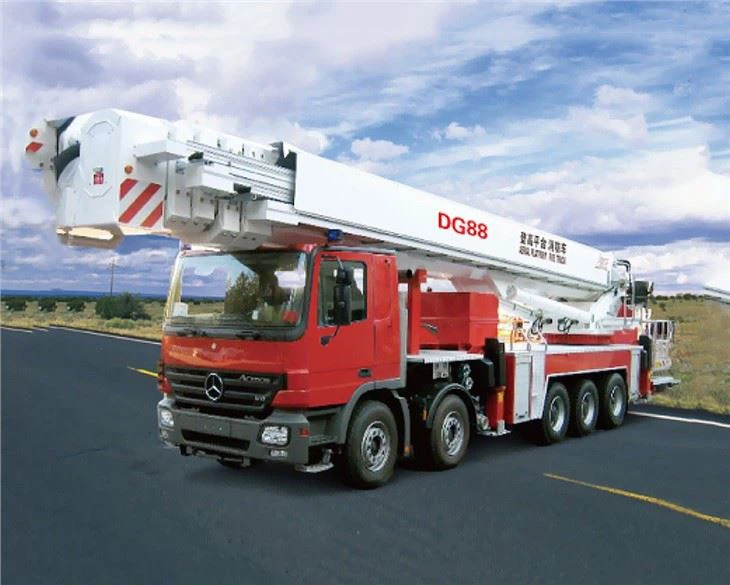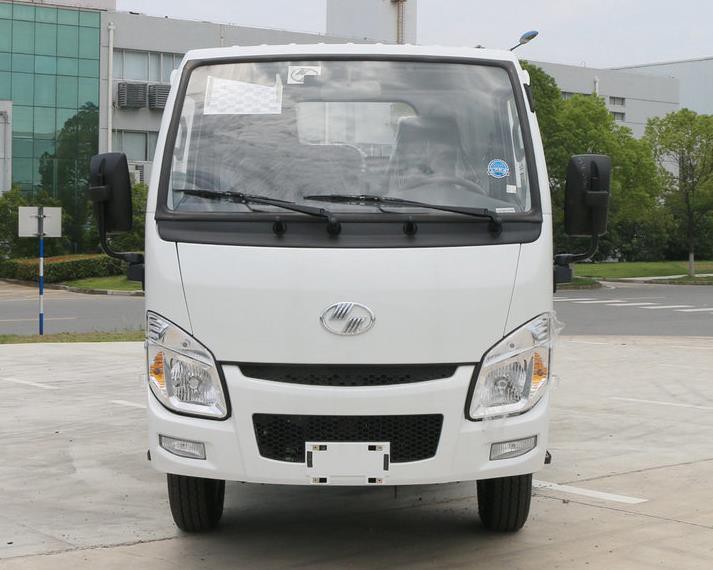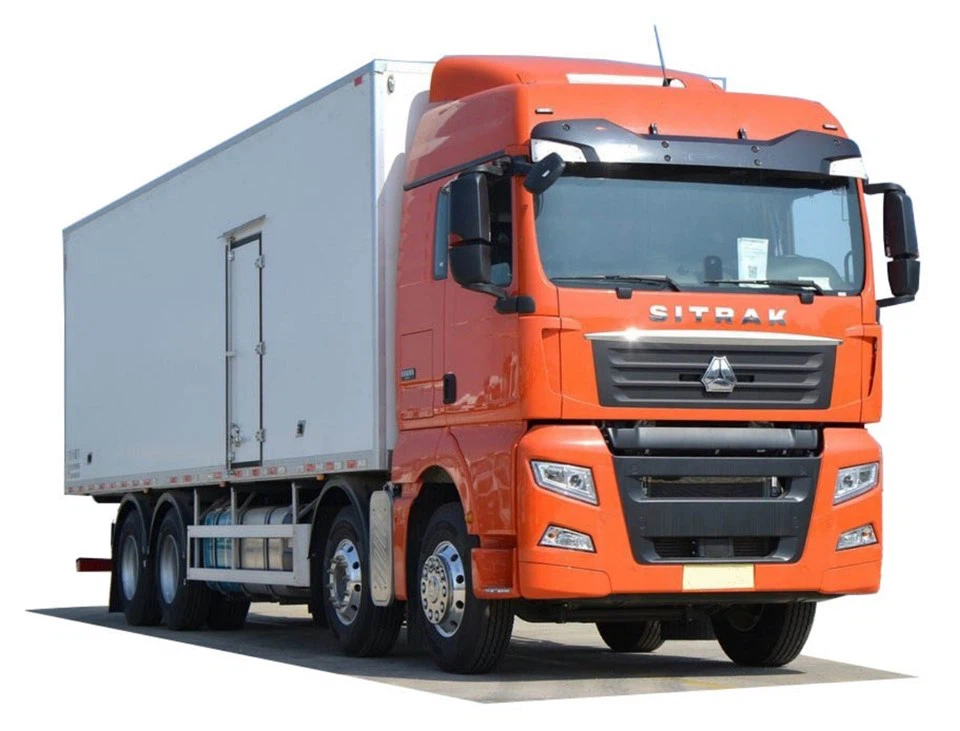Heil Garbage Trucks: A Comprehensive Guide

In today’s world, waste management is more critical than ever. Among the key players in this industry are the Heil garbage trucks, renowned for their innovation, durability, and efficiency. This article explores all facets of Heil garbage trucks, from their history and technology to their operating techniques and maintenance needs. Understand how these vehicles contribute to effective waste disposal and the environment while discovering practical tips for operators and decision-makers in the waste management sector.
History of Heil Garbage Trucks
Company Background
Heil Environmental is a significant player in the waste management industry, founded in 1901. Over the years, it has built a reputation for manufacturing reliable and innovative refuse collection vehicles. Initially focused on rear-loaders, the company has diversified its product line, making it a leader in the industry.
Milestones in Development
- 1901: Heil enters the garbage truck market with the first rear-loading refuse truck.
- 1950s: Introduction of the first fully automated garbage collection vehicle.
- 2000s: Development of advanced technology for more efficient and environmentally friendly operations.
The Technology Behind Heil Garbage Trucks
Types of Heil Garbage Trucks
Heil offers a variety of garbage truck models, each designed to meet specific application needs:

- Rear Loader: The most traditional type, suited for residential waste collection.
- Side Loader: Designed for efficient curbside collection with minimal manual labor.
- Automated Side Loader: Incorporates robotic arms for automated garbage collection.
- Front Loader: Ideal for commercial waste disposal, featuring a high-capacity bin.
Engine and Performance Features
Heil garbage trucks are designed with powerful engines, often equipped with eco-friendly technology. Key performance features include:
| Feature | Details |
|---|---|
| Engine Type | Diesel and alternative fuel options available |
| Fuel Efficiency | Engine technology designed for optimal fuel consumption |
| Weight Capacity | Varies by model, accommodating up to 40,000 lbs |
| Payload Volume | Different configurations, handling from 10 to 40 cubic yards |
Operational Benefits of Heil Garbage Trucks
Efficiency in Waste Collection
Heil trucks are engineered to enhance operational efficiency. Features include:
- Automated Systems: Decrease labor costs and increase speed.
- Compact Design: Easily maneuverable in tight city spaces.
- High Compaction Rates: Maximize waste volume per trip.
Environmental Impact
Using Heil garbage trucks can significantly reduce the carbon footprint of waste management. Key benefits include:
- Lower Emissions: Advanced engine technology produces fewer pollutants.
- Fuel Alternatives: Options for compressed natural gas (CNG) and hybrid models.
Maintenance and Service of Heil Garbage Trucks
Routine Maintenance Practices
Regular maintenance is vital to extend the lifespan of Heil garbage trucks. Key practices include:
- Oil Changes: Recommended every 5,000 miles or as per manufacturer guidelines.
- Brake Inspections: Regular checks to ensure safety and performance.
- Tire Maintenance: Inspect and maintain tire pressure for optimal handling.
Common Repairs and Issues
Like any vehicle, Heil garbage trucks may experience issues. Common repairs include:
- Hydraulic Issues: Common in both automatic and manual systems.
- Electrical Problems: Often related to onboard systems and lights.
- Engine Troubles: Regular diagnostics can prevent major failures.

Safety Features in Heil Garbage Trucks
Operator Safety
Safety is paramount in waste collection. Heil trucks come equipped with safety features, such as:
- Blind Spot Cameras: Enhanced visibility during operation.
- Stability Control: Reduces the risk of tipping in challenging terrains.
Pavement and Traffic Safety
To ensure the safety of pedestrians and other motorists, Heil garbage trucks include:
- Reflective Markings: Promote visibility in low-light conditions.
- LED Lighting: Increased brightness for better visibility.
- Emergency Braking Systems: Helps prevent accidents.
Cost of Ownership for Heil Garbage Trucks
Initial Purchase Price
The average cost of Heil garbage trucks can vary based on model and features, with prices typically ranging from:
| Model Type | Price Range (USD) |
|---|---|
| Rear Loader | $150,000 – $250,000 |
| Side Loader | $200,000 – $300,000 |
| Front Loader | $250,000 – $350,000 |
Operating Costs
Factors impacting the operating costs include maintenance, fuel, and labor. Operators should account for:
- Fuel Expenses: Based on mileage and fuel efficiency.
- Insurance: Varies by state and type of coverage.
- Maintenance Costs: Regular inspections, parts replacement, and technician wages.
Examples of Heil Garbage Truck Usage
Residential Waste Collection

A local municipality may utilize a fleet of Heil rear loaders for residential waste collection, optimizing routes to minimize fuel consumption. Their compact design allows them to navigate through tight neighborhoods efficiently.
Commercial Waste Management
In commercial settings, a business could deploy Heil front loaders to manage waste from restaurants and shopping complexes. These trucks handle larger payloads, reducing the number of trips required.
Automated Waste Collection
Cities are increasingly adapting automated Heil side loaders, which decrease the need for manual labor and improve safety by minimizing the number of workers on the road.
Frequently Asked Questions (FAQs)
1. What is the average lifespan of a Heil garbage truck?
Heil garbage trucks typically last between 10 to 15 years with proper maintenance and care.
2. Are Heil garbage trucks environmentally friendly?
Yes, many Heil models are built with eco-friendly technologies, including low-emission engines and options for alternative fuels.
3. How often do Heil garbage trucks require maintenance?
Routine maintenance is recommended every 5,000 miles, but checks should also be performed regularly based on usage.
4. Can you customize Heil garbage trucks?
Yes, Heil offers customization options for different needs, including different arrangements of loading systems and engine types.
5. Where can I purchase a Heil garbage truck?
Heil garbage trucks can be purchased through authorized dealers across the country and online marketplaces specializing in heavy equipment.
6. What safety regulations apply to operating Heil garbage trucks?
Operators must adhere to local, state, and federal regulations, which may include safety checks, driver training, and vehicle inspections.
